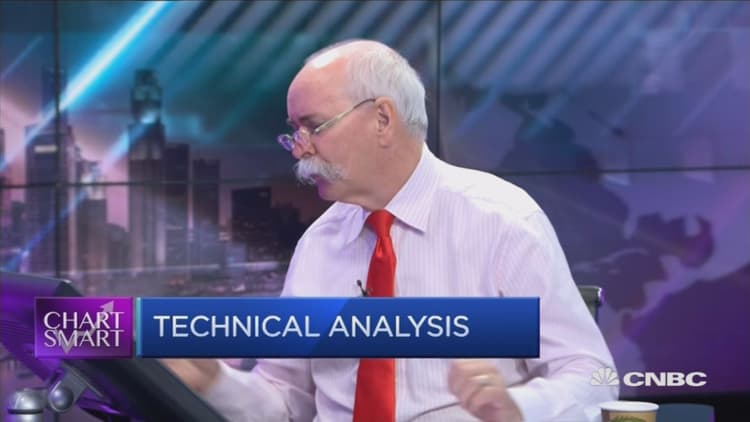Australia's central bank has turned more upbeat on the economic outlook, citing an improving labour market, stronger public investment and a pick up in household consumption.
Yet minutes of the Reserve Bank of Australia's (RBA) July meeting showed policy makers remained watchful on risks to jobs and housing, suggesting they were in no hurry to lift interest
rates anytime soon.
The mood was clearly brighter, with the word "positive" appearing repeatedly in the five-page statement.
One new development was an upturn in fiscal spending which was now expected to be stronger in 2017/18 than previously expected, mainly thanks to public infrastructure.
"Members noted that infrastructure investment was expected to have significant positive spillovers to other parts of the economy," the minutes showed.
A run of strong jobs reports were also encouraging. "Members noted that the strength of recent labour market data had removed some of the downside risk in the bank's forecast of wage growth."

Board members also noted an improvement in the world economy as a "welcome development".
While some other central banks in Canada, Europe and United States had either begun tightening or were considering scaling back their massive stimulus campaigns, the RBA has as yet shown no inclination to follow the pack.
It left rates at 1.5 percent in July for a 10th straight meeting, and financial markets imply only a slim chance of a hike by year end.
Analysts suspect a recent sharp rise in the local dollar will add to the case against a hike. The RBA repeated its standard line that "an appreciating exchange rate" would hurt the economy's transition away from a decade long mining investment boom.
Since the RBA's last meeting on July 4, the Aussie has rocketed to a two-year high, orbiting at 78 U.S. cents - a level that will be highly unwelcome to policy makers in the face of weak inflation.
The Aussie got a boost on a worn-out greenback after weak U.S. economic data cast doubts over whether the Federal Reserve would raise interest rates again in 2017.
Household debt
Despite a resurgence in global growth and greater optimism over domestic economic activity, the RBA was not convinced about putting rates up.
Australia's household sector is under severe strain with debt-to-income at a record high 190 percent while wages are crawling at the slowest pace ever.
A hike in official rates would push up mortgage costs for already indebted Australian families.
Yet it fears that easing further might only stoke further borrowing by investors to speculate in the housing market.
House prices in Sydney and Melbourne - two of the country's hottest markets - have broadly doubled since 2009. There are tentative signs of a cooling off since April following tighter
regulations on lending to property investors.
The RBA noted it would take time for the full effects of regulatory measures to show.
Members "assessed that current economic conditions in Australia and the outlook for growth and inflation, meant that developments in the labor and housing markets continued to warrant careful monitoring."

